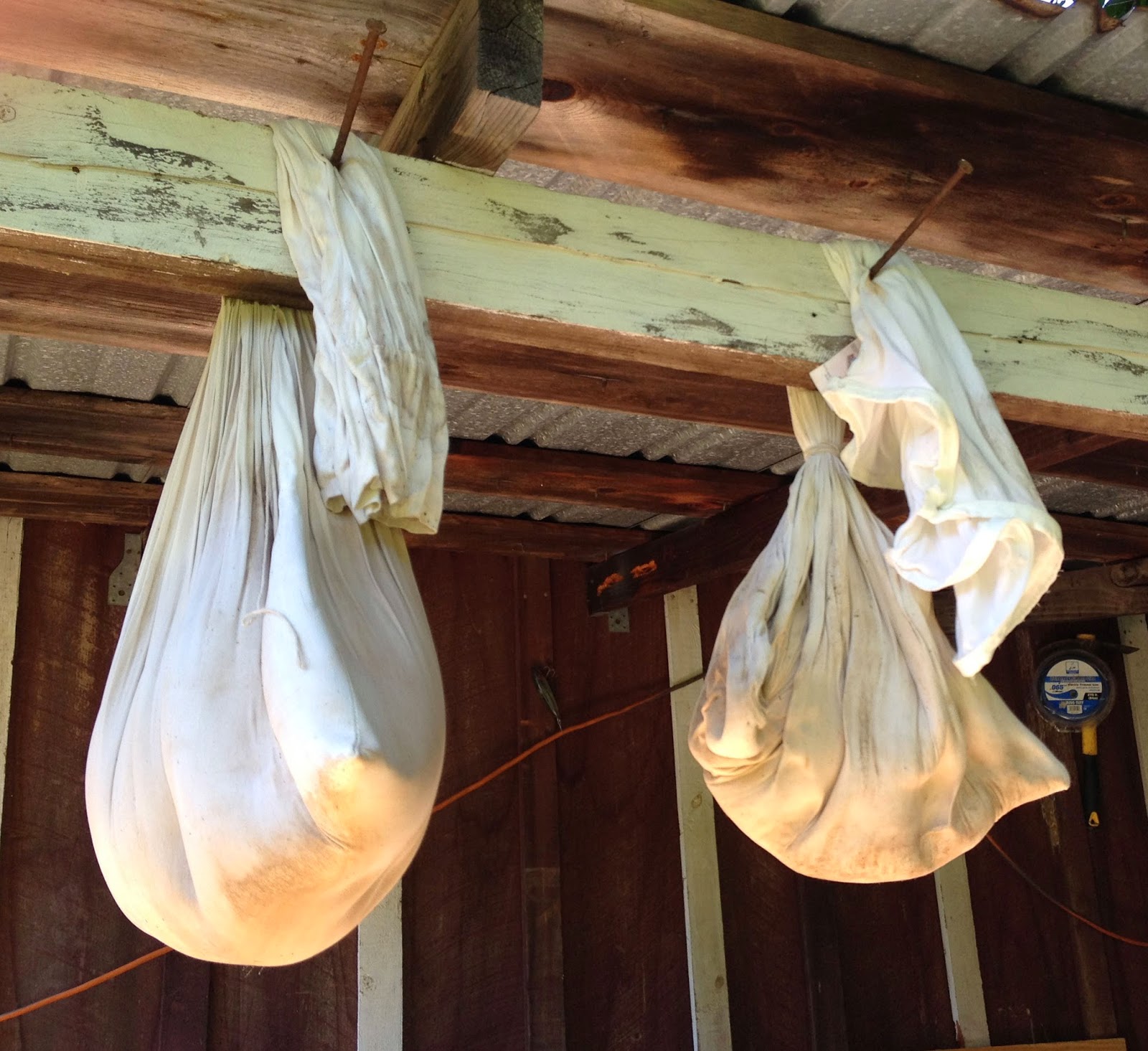Before I do anything with new dirt, I run it through a series of tests in the kiln. I make containers out of a known and trusted clay, fill with dirt, and run through both bisque and glaze firings. Some materials melt, showing potential as a glaze material. This clay from the Annandale Campus is highly micaceous, and fired up perfectly to cone 6. Here I am testing the clay after it has been fired above 1700 degrees, removing all of its molecular water and stabilizing its rates of absorption and shrinkage.
A Pretty Color for Dumpster Clay
After testing the clay, I prepare a larger amount for working into the clay. First I dry it out, then smash it up, and then sieve it to homogenous particle sizes.
Hammering clay from Shooter's Hill in Alexandria, Virginia.
Evenly screened clay ready to add to the drying porcelain.
Natural clay poured over sticky porcelain.
Wedging it in.
It tends to fall apart before it comes together.
Eventually the porcelain takes over.
Clay balls ready to throw. The porcelain has totally absorbed the dirt.




